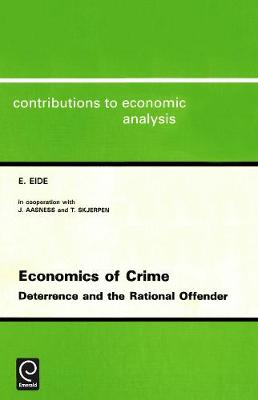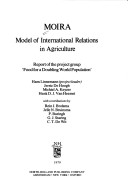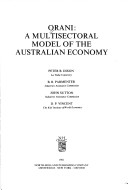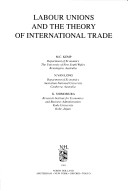Contributions to Economic Analysis
1 primary work • 7 total works
Book 227
Productivity and U.S. Economic Growth
by Dale W. Jorgenson, etc., F M Gollop, and B Fraumeni
v. 202
Labour Unions and the Theory of International Trade
by Murray C. Kemp, etc., N. Van Long, and K. Shimomura




